GGJaguar
Reverential Member
Check out the Falcon 20. It has "hypnotic throb" all-tube tremolo. 
Cool to see the Gibson name on amps again - not sure if I like the Mesa-Boogie connection
I have a GA-20 too. Great amps.I have 2 Gibson amps; a ‘58 GA-20 and a ‘65 Scout. I use them all the time, they sound great. The Scout has an absolutely killer tremolo; perfect for soul and slow burners.
glad to see Gibson back in the amp business. Very interested in hearing what they did.
I do remember that, and maybe over here in the 80's it was even more so for lack of alternatives - they were seen as THE quality modern tube guitar amp - total status symbol for a good decade over here. And hugely influential : I think on a world scale, looking back, they're largely responsible for the dual-or multichannel master volume amp being the standard ever since the 80's.Man, remember when Mesa Boogie was a sought-after custom shop type of brand? From what I know of your musical tastes I don’t know if they would have been your thing, but at the beginning they were very desirable.
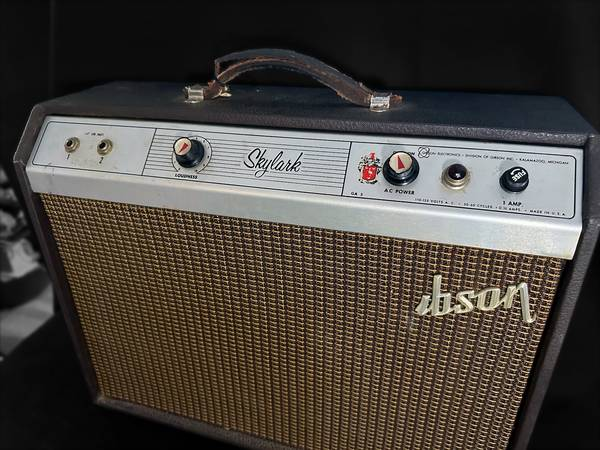
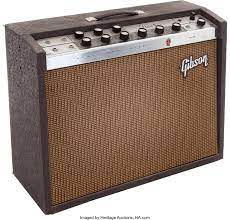
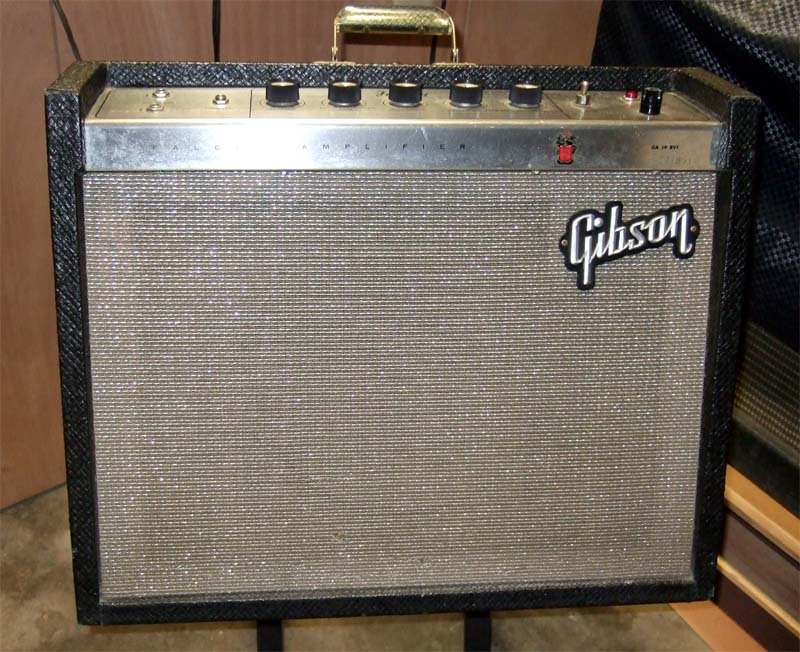

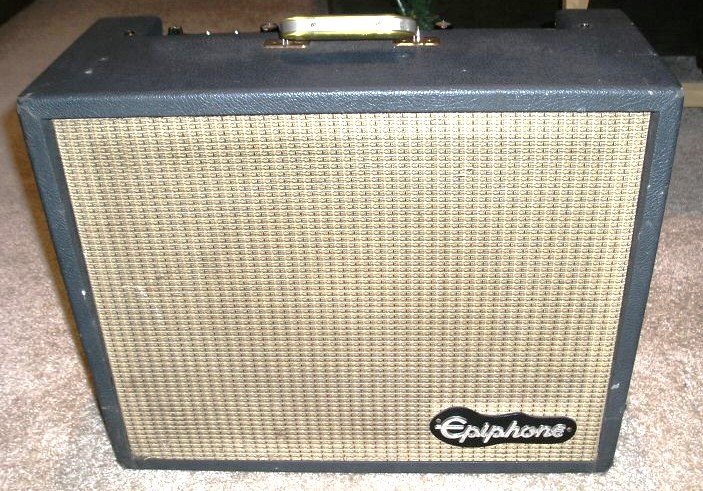
Man, remember when Mesa Boogie was a sought-after custom shop type of brand? From what I know of your musical tastes I don’t know if they would have been your thing, but at the beginning they were very desirable.
When I first got into modelers I decided I wanted “one amp to rule them all” and the Mark V seemed to be exactly what I needed. So I went and tried one and felt like I needed to go get a degree to figure it all out, but sitting there in the store with it I could not get it to sound the way I wanted.
10 minutes with the Axe-FX and I had what I wanted. As it would turn out 20 years later what I’d really wanted was an enormous Marshall, but that’s a different story.
There's a really good amp guy that used to live on the route I had before the one I have now. He was among other things, a Marshall, fender, and Mesa boogie certified technician. I remember him telling me about how he called up for a spare part and the Mesa boogie guy on the other end of the phone gave him what was the present part. So part shows up he tries to install it it's not the same and it doesn't fit. He calls up Mesa boogie again talks to the same guy the guy says oh yeah, I'll send you out the right part and he asked well what part is that now? after some discussion, the Mesa boogie guy came to the realization that Mesa had changed the specifications at one point and never passed it along to the support team.I do remember that, and maybe over here in the 80's it was even more so for lack of alternatives - they were seen as THE quality modern tube guitar amp - total status symbol for a good decade over here. And hugely influential : I think on a world scale, looking back, they're largely responsible for the dual-or multichannel master volume amp being the standard ever since the 80's.
I was umm..."set straight about amps" by an older friend pretty early on in my playing life - I was around 20 in about 1990 and desperately trying to make that red-knob twin I had work in the pretty traditional blues band I was in at the time when he gave me a short sermon he started with "your playing is alright..." and ended it with "new amps are JIVE!" - and he loaned me an early 60's white tolex bassman until I had money to get my own "old" amp. Yes, he's still my friend, and what a friend to have at an impressionable age.
And I never looked back - I had a reissue bluesbreaker amp for a minute (it sounded great, but it kept breaking..), but it was all vintage Fender amps from there on, one of many silverface Super Reverbs was the first, and I remember several bandmaster reverb heads and bassman heads, they could be had dirt cheap until fairly recently. So I hardly made the detour of the archtypal 80's channel switching amp (and with the music I've consistently played it would have been a detour) and pretty much almost went straight to non-master volume Fender amps, and when those got too expensive, well built "boutiquey" clones of older Fender amps.
When I finally did meet several Boogies up close and personal it was quickly determined they "were not for me". I remember one Mark I combo in particular : I thought the "gain channel" was so focused on a midrange frequency it was almost like playing through a cocked wah, and the clean channel was like a bigger Fender amp with a *really* intense heavy duty speaker.
Owning and operating a small stable of vintage Fenders always meant knowing at least a couple of tube amp tech types, I'd heard that even in the pre-triple rectifier days before metal adopted Boogie (or vice versa) they were always a bit of a pain to work on - I think the real sub-par parts and questionable designs came later.
GA-20 is a pretty great band too. Not bad for no bass player, we saw them live recently.I have a GA-20 too. Great amps.
That is a perfect example of a press release written by Marketing, and run past the CEO for final approval.“Over the last two years, I’ve witnessed the Gibson team working together to design and develop the new Gibson amplifiers and I couldn’t be prouder and more excited about what they have accomplished,” says Cesar Gueikian, President, and CEO of Gibson Brands. “It started with Randy Smith researching the Gibson sound, exploring the sound of many original Gibson amplifiers to design a new and improved circuit board that he passed on to the Lab team. John Marshall, Tommy Waugh, Jim Aschow, Doug West, Steve Mueller, Mat Koehler, and Craig Hockenberry all came together to create the amplifier and brought the new Gibson Falcon to the finish line. Upon playing the final prototype I immediately called Randy and told him, this is the Gibson sound, only better!”
Source: https://gearspace.com/board/new-pro...n-amplifiers-return-falcon-5-falcon-20-a.html
Ralf
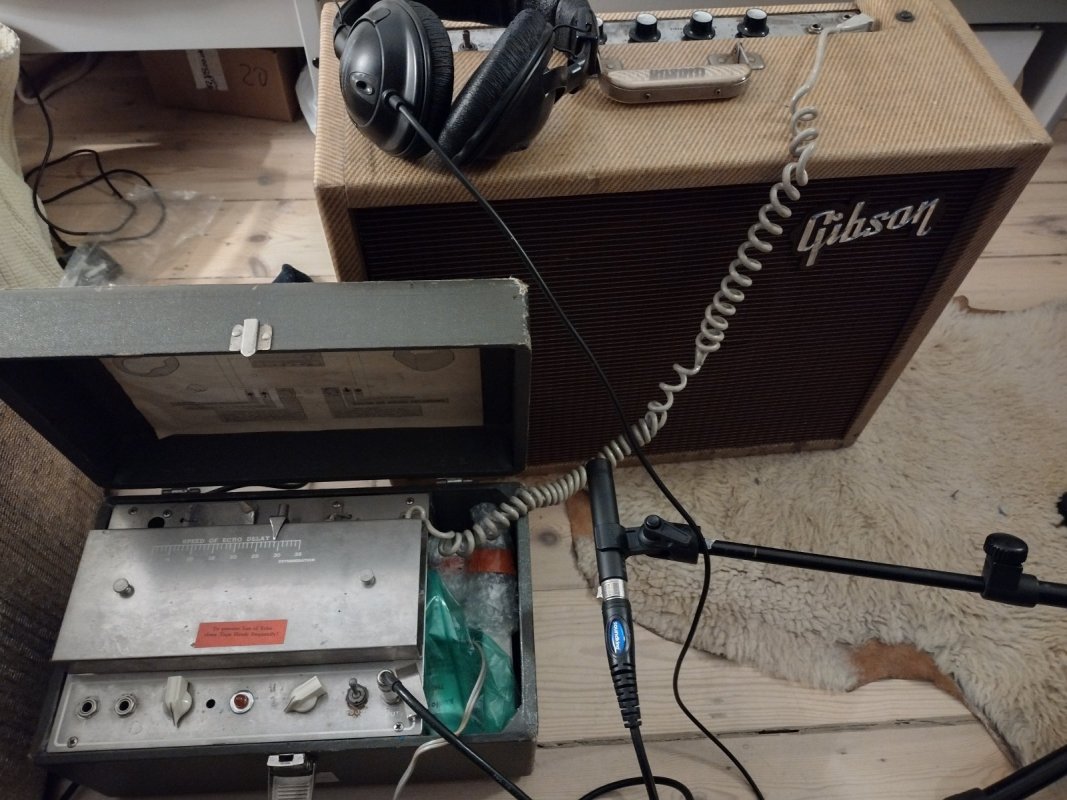
Really good point... Mesa Boogie is part of Gibson's brands and there's no question about the influence on these Falcon amps. I do like the fact that their "wired" in Petaluma. Other folks have suggested that sourcing the tubes from Mesa Boogie is of some value because of their testing process. Don't know if that's marketing-speak too.My concern is Mesa Boogie. I remember when, as Walter recounts, they were "the amp" in the 1980s. I hated them upon trying one back then and started calling them the same thing as I call them now, "Mesa Booger".
Someone on one of my FB groups already has the Falcon 20 now and took it apart and shared photos. It's "hand wired" on a circuit board.I do like the fact that their "wired" in Petaluma.